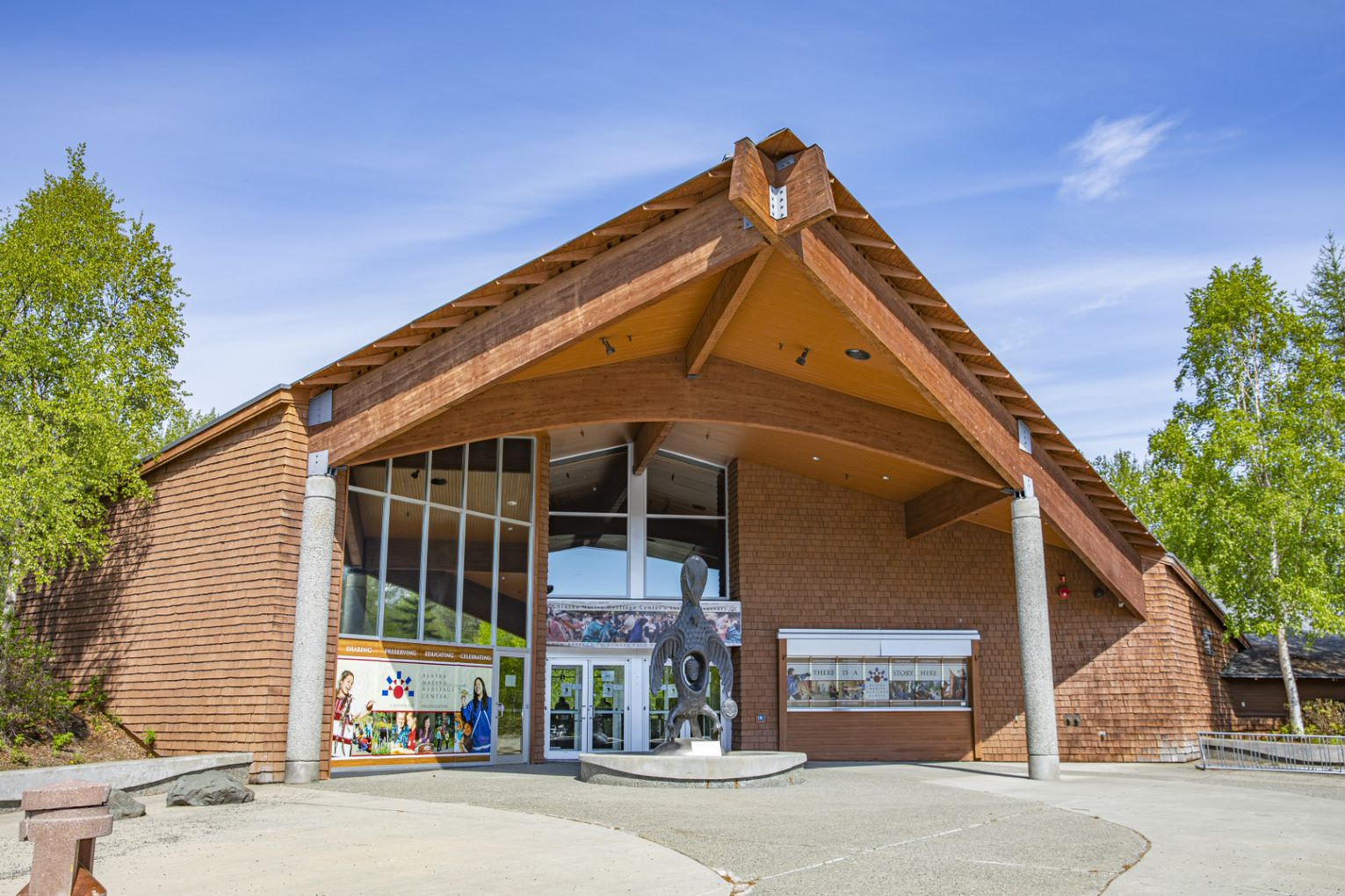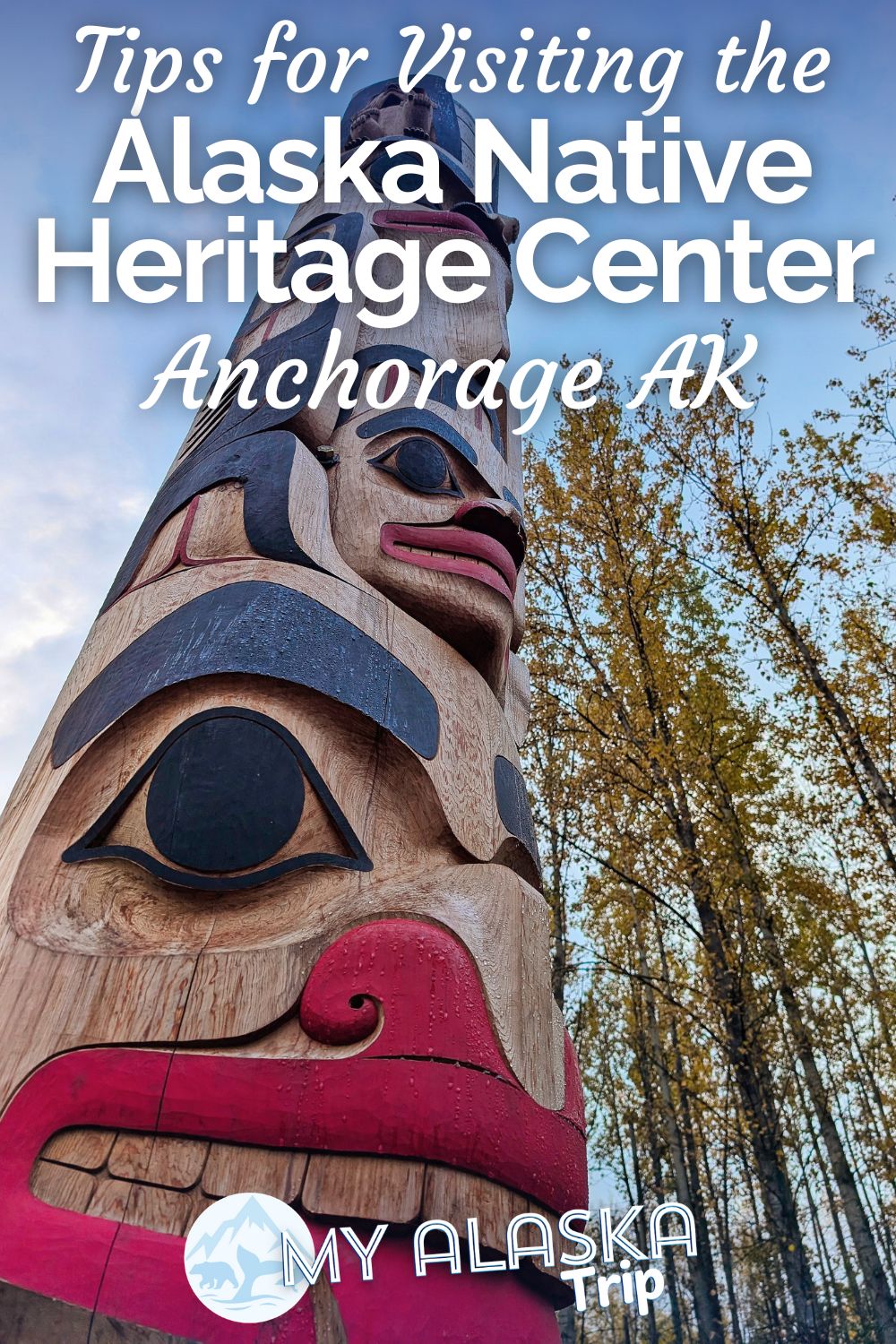
Navigating Cultural Heritage: Directions to the Autry Museum of the American West, a Nexus of Indigenous Heritage in Los Angeles
The pursuit of understanding human history and cultural diversity is a fundamental aspect of anthropological and historical inquiry. Indigenous heritage museums serve as crucial institutions in this endeavor, acting as custodians of invaluable artifacts, narratives, and traditions that offer profound insights into the foundational civilizations of various lands. This article provides comprehensive directions to a prominent institution dedicated to showcasing indigenous heritage within the United States – the Autry Museum of the American West in Los Angeles, California – while simultaneously elucidating the broader significance of such cultural repositories in contemporary society.
The Imperative of Indigenous Heritage Museums
Before delving into the practicalities of navigation, it is essential to contextualize the profound importance of institutions like the Autry Museum. Indigenous heritage museums are more than mere collections of objects; they are dynamic spaces for cultural revitalization, education, and reconciliation. Historically, many museums inadvertently or explicitly perpetuated colonial narratives, presenting indigenous cultures as static, primitive, or relegated to the past. However, a paradigm shift has occurred, with modern institutions striving for decolonization of curatorial practices, empowering indigenous voices, and presenting heritage as a living, evolving continuum.
These museums contribute significantly to:

- Preservation and Stewardship: They safeguard countless artifacts, artworks, and documents that might otherwise be lost, ensuring the material culture of indigenous peoples endures for future generations. This includes intricate basketry, ceremonial regalia, tools, pottery, and contemporary art.
- Education and Awareness: They serve as vital educational platforms, correcting historical inaccuracies, challenging stereotypes, and fostering a deeper understanding of the complex histories, philosophies, and contributions of indigenous nations. This education extends to both indigenous and non-indigenous audiences.
- Cultural Revitalization: By showcasing traditional arts, languages, and practices, museums can inspire and support ongoing efforts by indigenous communities to revitalize their own cultures. Many institutions now actively collaborate with tribal elders, artists, and scholars in exhibit development and programming.
- Platform for Contemporary Issues: Modern indigenous heritage museums often address contemporary challenges faced by indigenous communities, such as land rights, environmental justice, sovereignty, and cultural appropriation, thereby connecting historical contexts to present-day realities.
- Reconciliation and Dialogue: By acknowledging past injustices and fostering respectful engagement, these institutions play a role in national and international efforts towards truth and reconciliation, promoting inter-cultural dialogue and healing.
The Autry Museum of the American West: A Focus on Indigenous Narratives
The Autry Museum of the American West, located in Los Angeles, California, stands as a premier institution dedicated to exploring the diverse stories of the American West, with a particularly robust and evolving focus on its indigenous inhabitants. While its initial conception, spearheaded by actor and businessman Gene Autry, leaned into popular perceptions of the "Wild West," the museum has significantly broadened its scope and deepened its commitment to presenting nuanced, multi-faceted narratives, especially those of Native American peoples.

The Autry’s collections related to indigenous heritage are extensive, encompassing over 60,000 ethnographic and art objects from more than 200 Native American tribes across North America. These include a vast array of textiles, pottery, baskets, beadwork, jewelry, ceremonial objects, and contemporary art. The museum actively engages with Native American artists, scholars, and community members, ensuring that the presentation of these cultural treasures is authentic, respectful, and reflective of indigenous perspectives. Key exhibitions, such as "Art of the West," "California Continued," and rotating special exhibitions, prominently feature indigenous artistry and historical contexts, often integrating first-person accounts and contemporary interpretations. The museum’s public programming, including lectures, performances, and cultural festivals, further amplifies indigenous voices and living traditions.
Detailed Directions to the Autry Museum of the American West
The Autry Museum is strategically situated within Griffith Park, one of the largest urban parks in North America, offering a serene and historically rich backdrop for its cultural mission.
Museum Address:
The Autry Museum of the American West
4700 Western Heritage Way
Los Angeles, CA 90027
Geographical Context:
The museum is located in the northeastern section of Griffith Park, adjacent to the Los Angeles Zoo and Botanical Gardens, and relatively close to the Ventura Freeway (SR-134) and the Golden State Freeway (I-5).
By Personal Vehicle:
Traveling by car is often the most straightforward method for reaching the Autry Museum, given its location within a large park and the extensive freeway system of Los Angeles.
-
From the South (e.g., Downtown Los Angeles, LAX):
- Take the I-5 North (Golden State Freeway).
- Exit at Zoo Drive. This exit will be on your right.
- Follow the signs for "Griffith Park / Zoo Drive."
- Turn left onto Zoo Drive.
- Continue on Zoo Drive past the Los Angeles Zoo entrance.
- At the traffic light (which will be at the intersection of Zoo Drive and Western Heritage Way), turn left onto Western Heritage Way.
- The museum entrance and parking lot will be immediately on your right.
-
From the North (e.g., San Fernando Valley, Burbank):
- Take the I-5 South (Golden State Freeway).
- Exit at Zoo Drive. This exit will be on your right.
- Follow the signs for "Griffith Park / Zoo Drive."
- Turn right onto Zoo Drive.
- Continue on Zoo Drive past the Los Angeles Zoo entrance.
- At the traffic light (at Zoo Drive and Western Heritage Way), turn left onto Western Heritage Way.
- The museum entrance and parking lot will be immediately on your right.
-
From the East (e.g., Pasadena, Glendale):
- Take the SR-134 West (Ventura Freeway).
- Exit at Zoo Drive / Victory Boulevard.
- Turn left onto Zoo Drive (following signs for Griffith Park / Zoo).
- Continue on Zoo Drive, passing the Los Angeles Zoo entrance.
- At the traffic light (at Zoo Drive and Western Heritage Way), turn left onto Western Heritage Way.
- The museum entrance and parking lot will be immediately on your right.
-
From the West (e.g., Hollywood, West Los Angeles):
- Take the US-101 South (Hollywood Freeway) to the SR-134 East (Ventura Freeway).
- From the SR-134 East, exit at Zoo Drive / Victory Boulevard.
- Turn right onto Zoo Drive (following signs for Griffith Park / Zoo).
- Continue on Zoo Drive, passing the Los Angeles Zoo entrance.
- At the traffic light (at Zoo Drive and Western Heritage Way), turn left onto Western Heritage Way.
- The museum entrance and parking lot will be immediately on your right.
Parking:
The Autry Museum offers ample on-site surface parking directly adjacent to the museum building. Parking is typically free for museum visitors. Accessible parking spaces are available closest to the entrance.
By Public Transportation:
While Los Angeles has an extensive public transportation system (Metro), reaching the Autry Museum exclusively by public transport requires a combination of rail and bus, or a final leg via rideshare service, due to its location within the expansive Griffith Park.
-
Metro Rail + Bus/Rideshare:
- Take the Metro Red Line to the Universal City/Studio City Station.
- From Universal City Station, you can then connect to a Metro Bus route that serves the vicinity of Griffith Park, or utilize a rideshare service (Uber/Lyft) for the final approximately 10-15 minute journey to the museum.
- Alternatively, you can take the Metro Red Line to the Vermont/Sunset Station or Hollywood/Western Station. From these stations, a rideshare service would be necessary to cover the remaining distance to the museum (approx. 15-20 minutes).
- Note: Direct Metro Bus service to the specific museum entrance is limited. The most reliable public transport strategy often involves getting as close as possible via Metro Rail and then completing the journey with a rideshare service for convenience and efficiency. Check the Metro Trip Planner (metro.net) for the most current bus routes and schedules, as service in Griffith Park can vary.
-
LADOT DASH Observatory/Los Feliz (Seasonal/Limited):
- The LADOT DASH Observatory bus service primarily connects the Vermont/Sunset Metro Red Line station to the Griffith Observatory. While it operates within Griffith Park, it does not directly serve the Autry Museum. Visitors wishing to use this might disembark at a point along the route and then use a rideshare or face a significant walk (not recommended due to distance and terrain). This option is generally not practical for direct access to the Autry.
By Bicycle or On Foot:
For those already within Griffith Park, or for avid cyclists, the museum is accessible via the park’s internal road network. However, given the vastness of Griffith Park and the elevation changes, walking directly to the museum from outside the park is generally not recommended. Cycling is a viable option for those comfortable with urban park riding, utilizing Zoo Drive and Western Heritage Way. Bicycle racks are available at the museum.
Enhancing Your Visit: Beyond Navigation
Arriving at the Autry Museum is merely the first step in a rich educational journey. To maximize the experience of engaging with indigenous heritage, visitors are encouraged to:
- Consult the Museum’s Website: Before your visit, review the Autry’s official website (theautry.org) for current exhibitions, public programs, special events, and any operational updates. This will allow you to prioritize your interests and plan your time effectively.
- Engage with Interpretive Materials: Take time to read exhibition labels, watch videos, and listen to audio guides. These resources often provide critical context, historical insights, and contemporary perspectives directly from indigenous communities.
- Attend Public Programs: If available, participate in lectures, artist talks, film screenings, or cultural performances. These events offer dynamic opportunities to deepen understanding and engage directly with indigenous creators and scholars.
- Visit the Museum Store: The Autry’s museum store often features books by indigenous authors, educational materials, and authentic artisan crafts, supporting indigenous artists and communities directly.
- Reflect and Connect: Allow time for contemplation. Indigenous heritage museums present powerful narratives that can challenge preconceived notions and foster empathy. Consider how these histories connect to broader themes of human experience and resilience.
In conclusion, the Autry Museum of the American West stands as a vital institution in the landscape of indigenous heritage preservation and education. Its commitment to presenting nuanced narratives and empowering indigenous voices makes it an essential destination for anyone seeking to understand the rich, complex, and enduring cultures of North America’s first peoples. Navigating to this cultural beacon, whether by car or public transport, is an investment in a profound learning experience that transcends mere visitation, fostering a deeper appreciation for the intricate tapestry of human civilization.


